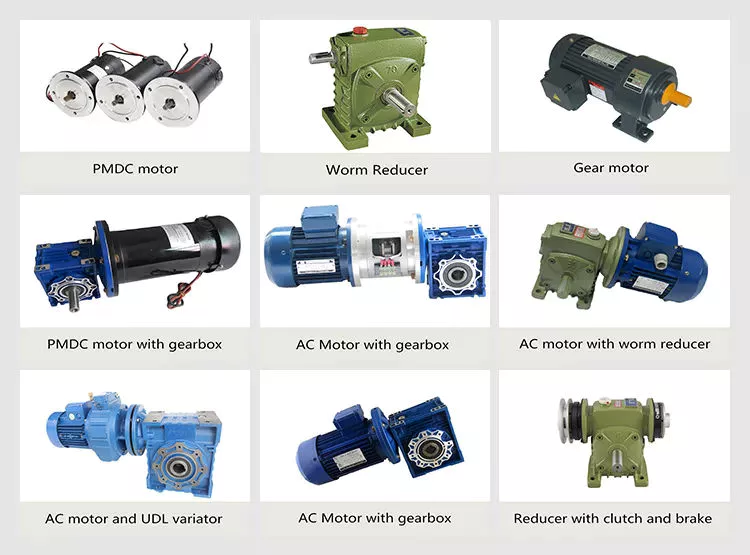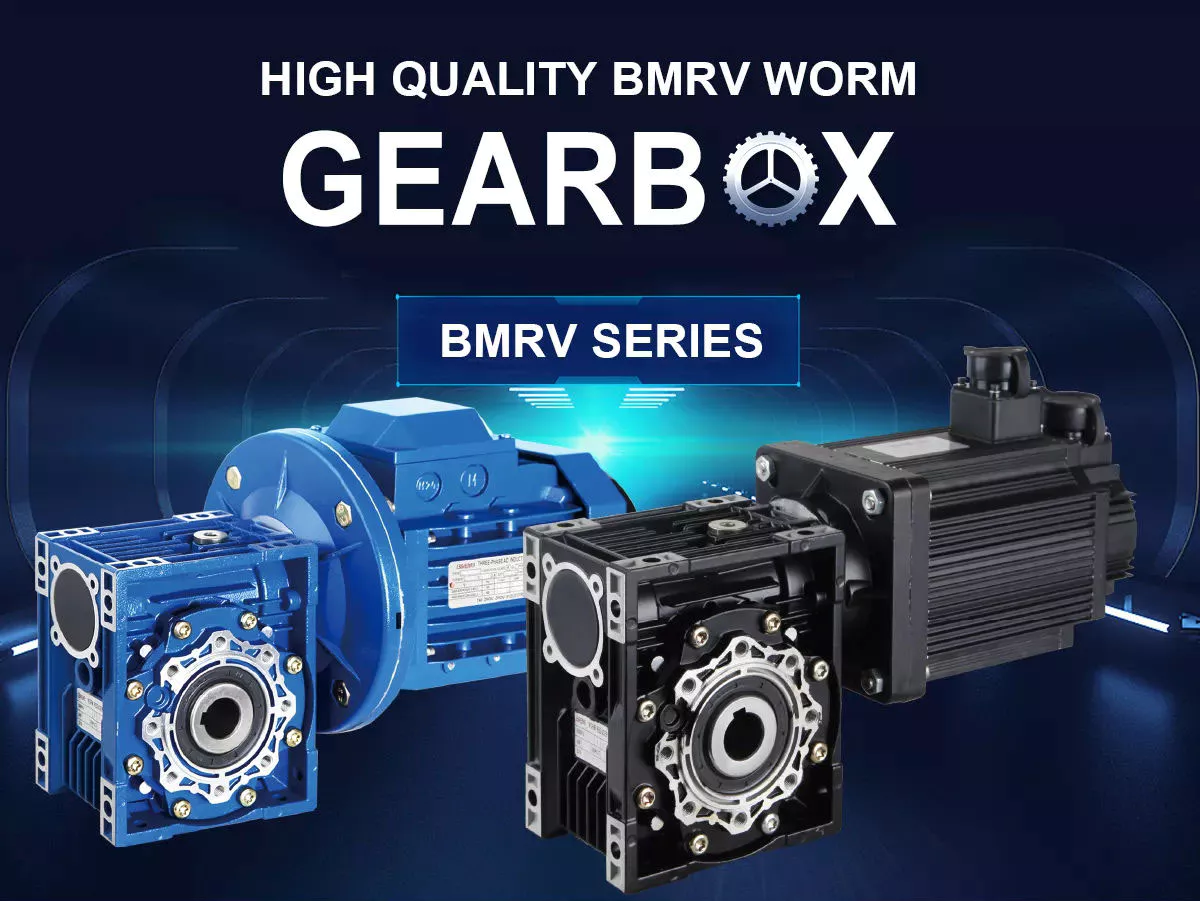Product Description
Product Description
Product Parameters
| Item | Spur Gear Axle Shaft |
| Material | 4140,4340,40Cr,42Crmo,42Crmo4,20Cr,20CrMnti, 20Crmo,35Crmo |
| OEM NO | Customize |
| Certification | ISO/TS16949 |
| Test Requirement | Magnetic Powder Test, Hardness Test, Dimension Test |
| Color | Paint , Natural Finish ,Machining All Around |
| Material | Aluminum: 5000series(5052…)/6000series(6061…)/7000series(7075…) |
| Steel: Carbon Steel,Middle Steel,Steel Alloy,etc. | |
| Stainess Steel: 303/304/316,etc. | |
| Copper/Brass/Bronze/Red Copper,etc. | |
| Plastic:ABS,PP,PC,Nylon,Delrin(POM),Bakelite,etc. | |
| Size | According to Customer’s drawing or samples |
| Process | CNC machining,Turning,Milling,Stamping,Grinding,Welding,Wire Injection,Cutting,etc. |
| Tolerance | ≥+/-0.03mm |
| Surface Treatment | (Sandblast)&(Hard)&(Color)Anodizing,(Chrome,Nickel,Zinc…)Plating,Painting,Powder Coating,Polishing,Blackened,Hardened,Lasering,Engraving,etc. |
| File Formats | ProE,SolidWorks,UG,CAD,PDF(IGS,X-T,STP,STL) |
| Sample | Available |
| Packing | Spline protect cover ,Wood box ,Waterproof membrane; Or per customers’ requirements. |
Our Advantages
Why Choose US ???
1. Equipment :
Our company boasts all necessary production equipment,
including Hydraulic press machines, Japanese CNC lathe (TAKISAWA), Korean gear hobbing machine (I SNT), gear shaping machine, machining center, CNC grinder, heat treatment line etc.
2. Processing precision:
We are a professional gear & gear shafts manufacturer. Our gears are around 6-7 grade in mass production.
3. Company:
We have 90 employees, including 10 technical staffs. Covering an area of 20000 square meters.
4. Certification :
Oue company has passed ISO 14001 and TS16949
5.Sample service :
We provide free sample for confirmation and customer bears the freight charges
6.OEM service :
Having our own factory and professional technicians,we welcome OEM orders as well.We can design and produce the specific product you need according to your detail information
Cooperation Partner
Company Profile
Our Featured Products
/* January 22, 2571 19:08:37 */!function(){function s(e,r){var a,o={};try{e&&e.split(“,”).forEach(function(e,t){e&&(a=e.match(/(.*?):(.*)$/))&&1
| Application: | Motor, Electric Cars, Motorcycle, Machinery, Marine, Agricultural Machinery, Car |
|---|---|
| Manufacturing Method: | Cast Gear |
| Toothed Portion Shape: | Spur Gear |
| Material: | Stainless Steel |
| Type: | Circular Gear |
| Starter Motor: | Bajaj 3wheel Motor Car-Half |
| Samples: |
US$ 0/Piece
1 Piece(Min.Order) | |
|---|
| Customization: |
Available
| Customized Request |
|---|

How does backlash affect the performance of gear drives?
Backlash in gear drives can have significant effects on performance. Here’s a detailed explanation:
1. Accuracy and Positioning:
– Backlash can introduce positional errors and affect the accuracy of motion transmission in gear drives.
– When there is backlash, the motion of the driven gear may not immediately respond to changes in the driving gear’s direction or position.
– This can result in imprecise positioning and reduced accuracy, particularly in applications that require high precision, such as CNC machines or robotics.
2. Reversal and Repeatability:
– Backlash can cause issues during gear drive reversal or when changing the direction of motion.
– In systems with significant backlash, the gears need to overcome the backlash before initiating motion in the opposite direction.
– This can lead to delays, jerky movements, and reduced repeatability, impacting the overall performance and efficiency of the system.
3. Vibrations and Noise:
– Backlash can contribute to vibrations and noise in gear drives.
– Rapid changes in direction or sudden load reversals can cause the gear teeth to impact each other, resulting in impacts and vibrations.
– These impacts can generate noise and increase wear and fatigue on the gear teeth, affecting the overall lifespan and reliability of the gear drive.
4. System Stiffness and Response:
– Backlash can reduce the system stiffness and responsiveness of gear drives.
– In applications where precise control is required, such as in high-speed machining or servo systems, backlash can lead to system instability and reduced control performance.
– The presence of backlash can lead to delays, overshoot, and poor dynamic response, limiting the overall system performance.
5. Efficiency and Power Transmission:
– Backlash can result in power losses and reduced efficiency in gear drives.
– During gear engagement, the presence of backlash can cause a momentary disengagement between the gear teeth, leading to energy loss and reduced power transmission efficiency.
– This is particularly important in applications where power efficiency is critical, such as in automotive transmissions or high-torque machinery.
6. Wear and Fatigue:
– Backlash can accelerate wear and fatigue on gear teeth.
– The impact and sliding motions between the gear teeth during reversal or changes in direction can cause additional stress and wear.
– Over time, excessive backlash can lead to increased tooth wear, decreased tooth profile accuracy, and reduced overall gear drive lifespan.
Minimizing backlash in gear drives is crucial for maintaining accuracy, repeatability, efficiency, and overall performance. Techniques such as proper gear design, precise manufacturing tolerances, and gear mesh optimization can help reduce backlash and mitigate its negative effects. However, it’s important to strike a balance because eliminating backlash entirely can lead to other issues, such as binding or jamming. The optimal level of backlash depends on the specific application and performance requirements of the gear drive system.

How do gear drives contribute to energy efficiency?
Gear drives play a significant role in improving energy efficiency in various mechanical systems. Here’s a detailed explanation of how gear drives contribute to energy efficiency:
1. Power Transmission:
– Gear drives efficiently transmit power from the input source to the output, allowing for effective energy transfer.
– They can handle high torque and transmit power over long distances with minimal energy loss.
2. Mechanical Advantage:
– Gear drives provide mechanical advantage by altering the speed and torque of the power transmission.
– By using different gear ratios, gear drives can match the mechanical requirements of the load, optimizing energy usage.
3. Efficiency of Gear Teeth:
– Well-designed and properly lubricated gear teeth can achieve high levels of efficiency.
– Modern gear drives are manufactured with precision to minimize friction and maximize power transmission efficiency.
4. Multiple Stages:
– Gear drives can be configured with multiple stages, each with different gear ratios.
– By dividing the total gear reduction into multiple stages, each stage can operate at a higher efficiency, resulting in improved overall energy efficiency.
5. Lubrication:
– Proper lubrication of gear drives reduces friction between the gear teeth, minimizing energy losses due to heat and wear.
– High-quality lubricants with appropriate viscosity and additives can enhance gear drive efficiency and extend their lifespan.
6. Maintenance:
– Regular maintenance practices, such as gear inspection, lubricant monitoring, and alignment checks, contribute to sustained energy efficiency.
– Timely identification and resolution of issues, such as misalignment or worn gears, help maintain optimal gear drive performance.
7. Design Optimization:
– Gear drives can be optimized for specific applications to maximize energy efficiency.
– Factors such as gear material selection, gear tooth profile design, and bearing choices can be tailored to minimize energy losses and improve overall efficiency.
By leveraging the inherent mechanical advantages and optimizing design and maintenance practices, gear drives significantly contribute to energy efficiency in various mechanical systems. Their ability to efficiently transmit power, adapt to different load requirements, and minimize energy losses through proper lubrication and maintenance make them a reliable and energy-efficient choice for power transmission applications.

What is a gear drive and how does it work?
A gear drive is a mechanical system that uses gears to transmit torque and motion between rotating shafts. It is widely used in various applications, including machinery, vehicles, and industrial equipment. Here’s a detailed explanation of how a gear drive works:
A gear drive consists of two or more gears with interlocking teeth that mesh together. The gears are mounted on separate shafts, which can be parallel, intersecting, or at an angle to each other. When one gear (known as the driving gear or input gear) rotates, it transfers rotational motion and torque to the other gear(s) (known as the driven gear(s) or output gear(s)).
The basic principle of a gear drive is the mechanical advantage gained through the interaction of gear teeth. The gears in a gear drive have different sizes, and the ratio of their sizes determines the speed and torque relationship between the input and output shafts.
Here’s how a gear drive works step-by-step:
1. The driving gear, connected to a power source such as an electric motor or engine, begins to rotate.
2. As the driving gear rotates, its teeth come into contact with the teeth of the driven gear(s).
3. The contact between the gear teeth causes the driven gear(s) to start rotating in the opposite direction or at a different speed, depending on the gear ratio.
4. The torque from the driving gear is transmitted through the meshing of the gear teeth to the driven gear(s).
5. The output shaft connected to the driven gear(s) receives the rotational motion and torque from the driving gear, allowing it to perform the desired task.
The gear teeth are designed with specific profiles to ensure smooth and efficient power transmission. Common types of gears used in gear drives include spur gears (cylindrical gears with straight teeth), helical gears (gears with angled teeth), bevel gears (gears with conical teeth), and planetary gears (multiple gears arranged in a planetary system).
Factors such as the number of teeth, gear diameters, gear material, and gear ratios can be selected based on the specific application requirements, including the desired speed, torque, and direction of rotation.
In summary, a gear drive is a mechanical system that uses interlocking gears to transmit motion and torque between rotating shafts. By meshing the teeth of the driving and driven gears, the gear drive converts rotational motion and provides mechanical advantage to achieve desired speed and torque relationships. The design and arrangement of gears depend on the specific application and performance requirements.


editor by Dream 2024-05-02